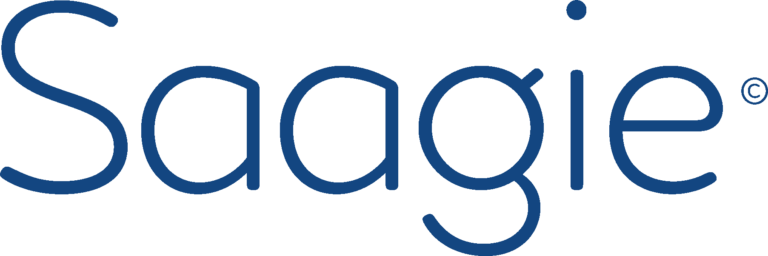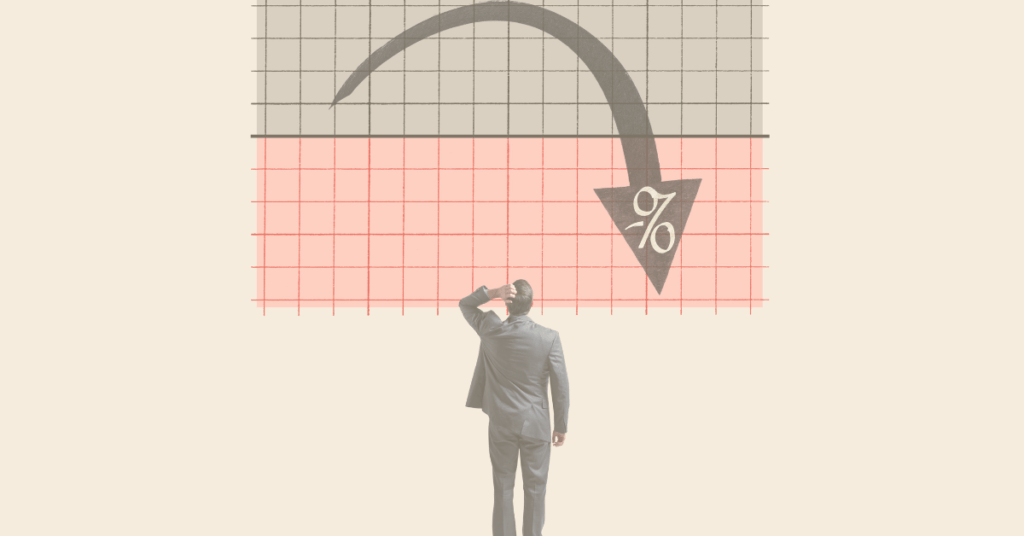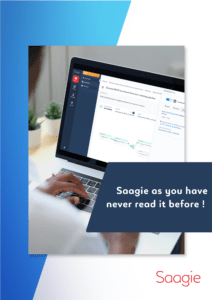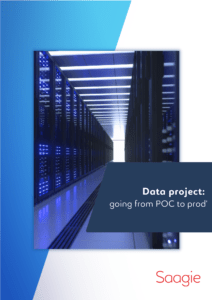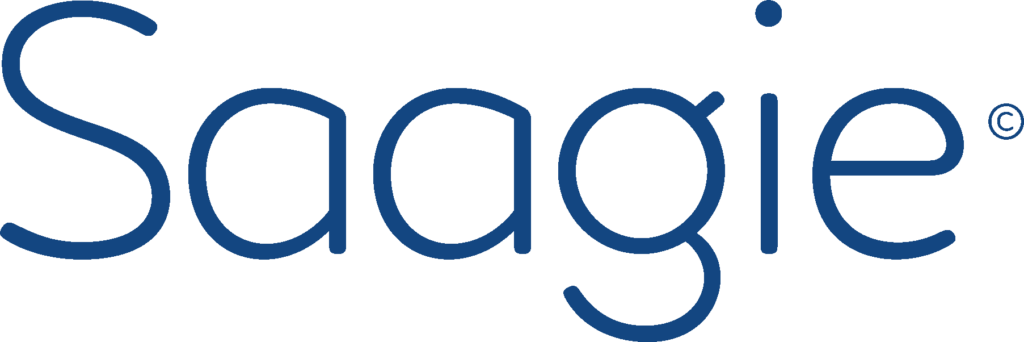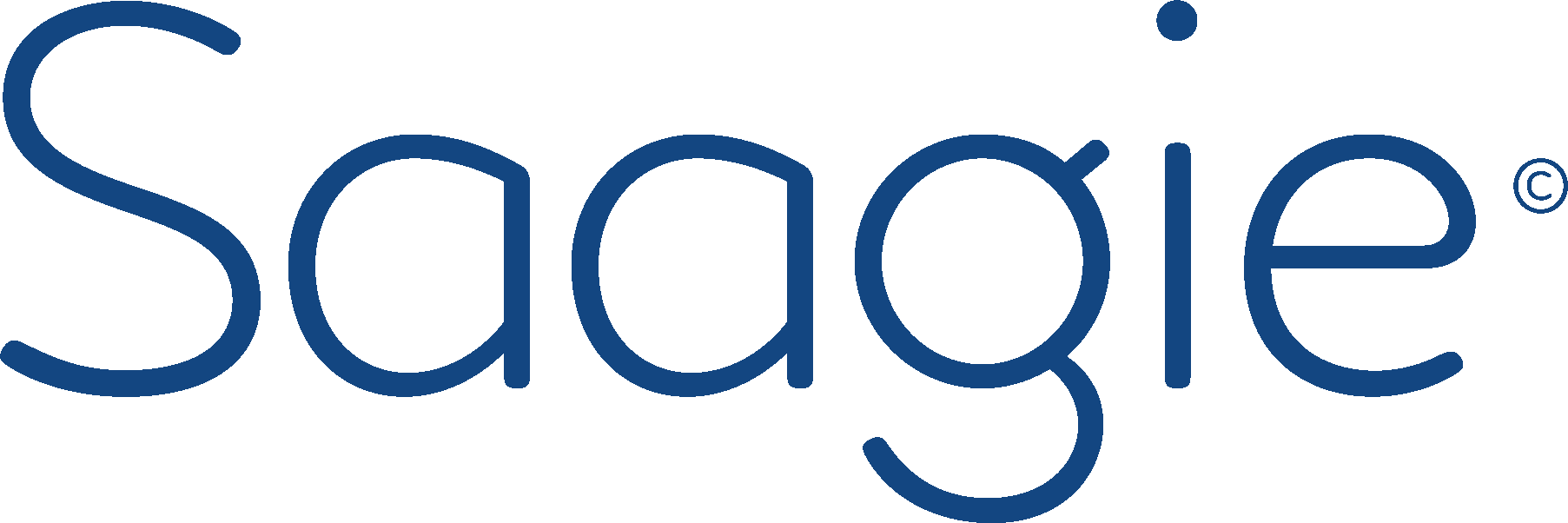Churn rate, retention rate, two of the most important indicators in the fidelity of your dear customers or users. Especially monitored in the banking or insurance sector, they are now becoming an important criterion with today’s mass of data and the facilitation of their processing by solutions such as Saagie’s platform. Discover what the term encompasses and how to make it a pillar of your business loyalty.
A Definition of the Concept
The churn rate is the indicator that allows you to calculate the loss of customers, users or subscribers that your business suffers over a given period of time. The attrition rate is widely used in Banking and Insurance, which are sectors that historically had very low attrition rates. With new technologies, they are undergoing a profound upheaval, the ease of switching banks or insurance companies today forcing companies in these sectors to transform and innovate very quickly.
The retention rate is the opposite of the churn rate, meaning how many customers keep the company from one period to the next. As a corollary:
Retention rate + churn rate = 100% of customers
How to Calculate your Churn Rate?
The formula is actually very simple, it is dividing the number of customers lost by the total number of customers. It is often measured over the year, but it is possible to do it over any period of time.
Example: If your company has 1000 customers and 100 leave you, your churn rate will be 10%: (100/1000)x100 = 10%
This indicator can show your customers’ satisfaction with the services you offer. So the lower the attrition rate (close to 0%), the more satisfied your customers are. It also depends on the sector and the type of service offered. For example, there are markets where the company is so dominant that even if the service does not completely satisfy its users, there are so few alternatives that it remains a reference.
The question now is to understand which levers can be used to effectively reduce the attrition rate, and how Big Data and artificial intelligence can help you achieve this.
How to Reduce your Churn Rate?
To effectively reduce your attrition rate, your company must go through several steps from understanding the origin of your customers’ churn to working on your product or service.
Determine the origin of your users' problems
One of the reasons for disengaging from a service or product is simply not using it. Indeed, even if the customer does not encounter any problems with your solution, he/she may remain in his/her comfort zone and use a less powerful or practical solution because he/she is not accustomed to using your service or product.
Involve your customers in the life of your product, by trying to understand the current limitations of your solution, by constantly having your product judged by third parties who are not working on it and therefore have a completely new eye.
Obviously, each user will have different issues; identify the issues that come up most often, make a list of them and gauge the degree of inconvenience / optimization gain / development cost in order to make “quick-win” changes to your product / service and quickly reduce your attrition rate.
Build User Loyalty
Even if your solution is the best in the world, it will be necessary, and this is even more true for small businesses and start-ups, to ensure that your users can get the most out of your solution. This often means training or helping your customers at every step of their customer journey.
This is what brings the current advent of chat and bot, to answer users’ questions live, for example on merchant sites. This is also very true on the B2B, the products are not always easy to understand and the customer can get stuck, he needs immediate help to solve his problem. In parallel, on technical products, it is interesting to provide free documentation and training.
In the banking sector, we could imagine campaigns to optimize the installation and use of the mobile application by certain segments of their customers who are not familiar with the use of the application, with demonstrations on how to make a transfer or add a beneficiary directly on the application…
Then comes the time for loyalty building with frequent reminders of new versions or features of your solution. Invitations or other marketing attentions to keep your customers at home and prevent them from being tempted by the adoption of a new solution.
It costs less to retain a customer than it does to acquire a new one. On average, it costs 5 times less to retain a customer. Also, according to a study conducted by McKinsey on e-commerce sites, the average shopping cart of a new customer is 2 times less than the average shopping cart of an already acquired customer ($24.5 VS $52.5 for a former customer). This is why it is important to take care of your customer loyalty plans.

